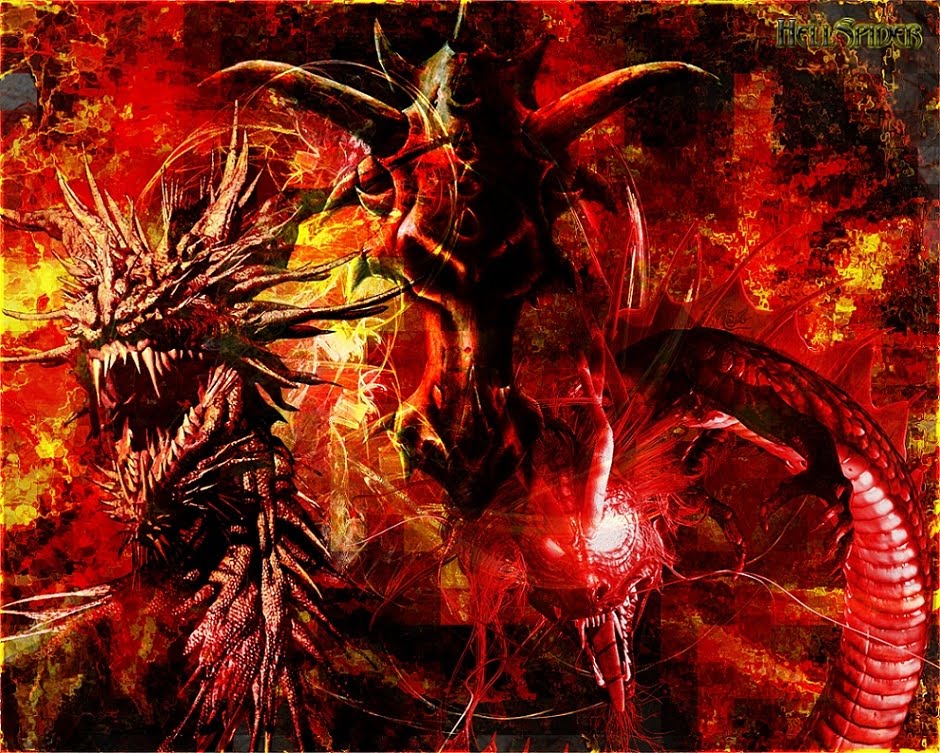Chinese kites have been flying for thousands of years, so it makes sense to present their history by the millennium! China’s literary tradition is vast, and the facts below are based on a number of specific events that have been recorded in ancient Chinese texts.
1000 BC to 0 BC
The military used large wooden kites called muyuan, somewhere between 770 BC and 221 BC. This period actually contained 2 separate periods of Chinese history, the Spring and Autumn Period (770 BC – 476 BC) and the subsequent Warring States Period (475-221 BC). Developed as military technology, the first Chinese kites were invented in the province of Shandong.
There is a record of a certain master of joinery named Mu Zi who developed a man-lifting kite over a period of 3 years. It was called the Wooden-Black-Eard-Kite. At least one more kite of this design was made in later years, by other craftsmen.
Further development of the Eard kites occurred during the Chu-Han War of 203-202 BC. Besides spying on enemy positions, kites were sometimes used to deliver urgent messages.
1 AD to 1000 AD
The first century AD saw the rise of the prosperous Tang Dynasty (618-907 AD). Around this time Chinese people from many walks of life discovered the simple enjoyment of kite flying. Traditional bamboo and paper, or bamboo and silk styles of kite had their origins way back here.
Even more designs and new ideas, such as the musical kite, emerged in later centuries. There’s a record of a palace worker in the 900s AD who fixed bamboo pipes to a kite to make it ‘sing’ in the wind. Ever since then, the word for kite in Chinese has been fengzheng.
The 900s were known for the introduction of silk-covered kites with beautiful and detailed hand-painted designs. These kites also carried many ornate accessories such as streamers and ribbons. So much went into these kites that it’s likely they were only made and used by the royalty and aristocracy of the time.
1000 AD to 2000 AD
After 1000 AD Chinese kites became more popular in all levels of Chinese society. If you couldn’t afford silk, there was always paper! Kite flying eventually became a seasonal activity. Most flying was done during and after Chinese New Year and through to March or April. For some areas of China, there were better winds for flying kites at these times.
Many Chinese believed that kite flying was good for your health! This was around the time of the Qing Dynasty (1644-1911). Other superstitious ideas were around at this time too. For example, letting go of the kite string might get rid of back luck or illness as the kite drifted away. On the other hand, picking up a kite lost by someone else would bring bad luck!
By the late 1900s, China had a number of significant kite flying festivals where a large variety of kites were on show. Everything from the small Chinese butterfly to extremely large Chinese dragon kites. Notable kite makers would show off their creations, just like at other kite festivals around the world.
Since 2000 AD
Some Chinese kite makers are getting more adventurous these days. In a similar way to the Western kite scene, new innovative designs, ‘art kites’ and novelty designs are appearing.
Yearly kite festivals are still popular, for example the World Kite Festival at Weifang, in Shandong Province. Shandong? Yes, that’s where the very first kites that historians know about were constructed and flown.
To see Chinese kites purely as art, you can see a great collection at the International Kite Museum, also in WeiFang. You can walk down the halls and visually take in much of the history of Chinese kites.
Tim Parish and his family are rediscovering the joys of kite flying. They log their kiting fun on their My-Best-Kite.com website, and also research the kiting world. This site will introduce you to many kinds of kites and kite flying activities, including Chinese kites of course!
Chinese Kites – From Battlefield To Art Museums, Chinese Butterfly To Chinese Dragon

About Dragons The History Of Dragons And Much More!, The oldest culture in the world to utilize dragons in their mythology and beliefs, are the Chinese. For them, the History Of Dragons is a divine, mythical creature that brings good fortune, prosperity and bounty. It is the symbol of emperors and imperial rule, and its legends have shaped a good portion of modern Chinese culture.
About Dragons
Just Dragon!, Buy & Sell
Subscribe to:
Post Comments (Atom)


No comments:
Post a Comment